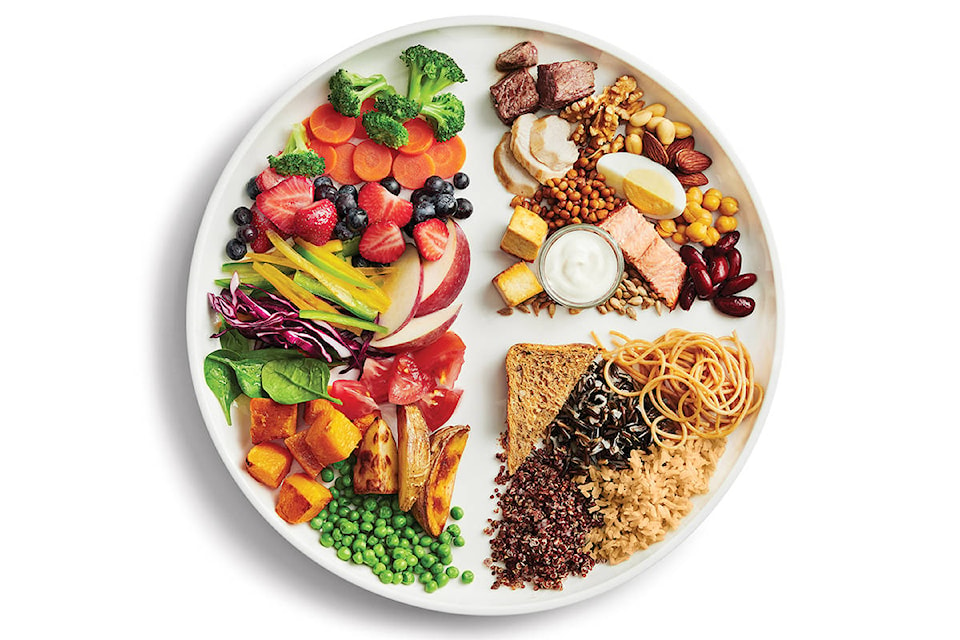Dear editor,
Almost 73 per cent of Canadians believe the new is unrealistic.
Reasons include the price of produce, insufficient time to cook, and being too tired to be bothered. Since 1942, the “official food rules” have been revised eight times. The January 2019 version focuses on plant protein and home cooking.
What impact has 77 years of advice had? Nothing positive. Canada has the third-highest obesity rate in the world.
Processed food is expensive, addictive, marketed to create demand, and affects short- and long-term health very adversely. Sugary cereal or coffee and fat-laden muffins don’t provide lasting energy and leave the consumer too tired to cook.
Drive-in eateries aren’t cheap, either. “Fast food” or, more accurately, “fat food” is a quick fix that doesn’t satisfy hunger pangs for long.
More coffee or caffeine-fortified energy drinks aren’t a solution. The new Food Guide recommends drinking water but grocery-store bottles are deemed better than boiled tap water. Apart from creating pollution, those plastic containers cost more than gasoline.
The new Food Guide aims to upgrade meals in hospitals and schools but the message should reach those providing food to seniors in Canada who are thought to prefer such delicacies as fried liver, processed cheese and sandwiches made from bread with the consistency of Play-doh and the nutritional value of Styrofoam.
Will most of us even read the guidelines? Probably not, but we already know what we should be eating. The sticking point seems to be how.
It does take effort to eat better but here, where we can buy a wide variety of vegetables and even grow our own, it is easy eating, if not wholly green, at least greener, or even just more greens.
Leith Stewart,
Comox
Do you have an opinion you’d like to share? Email letters@comoxvalleyrecord.com



